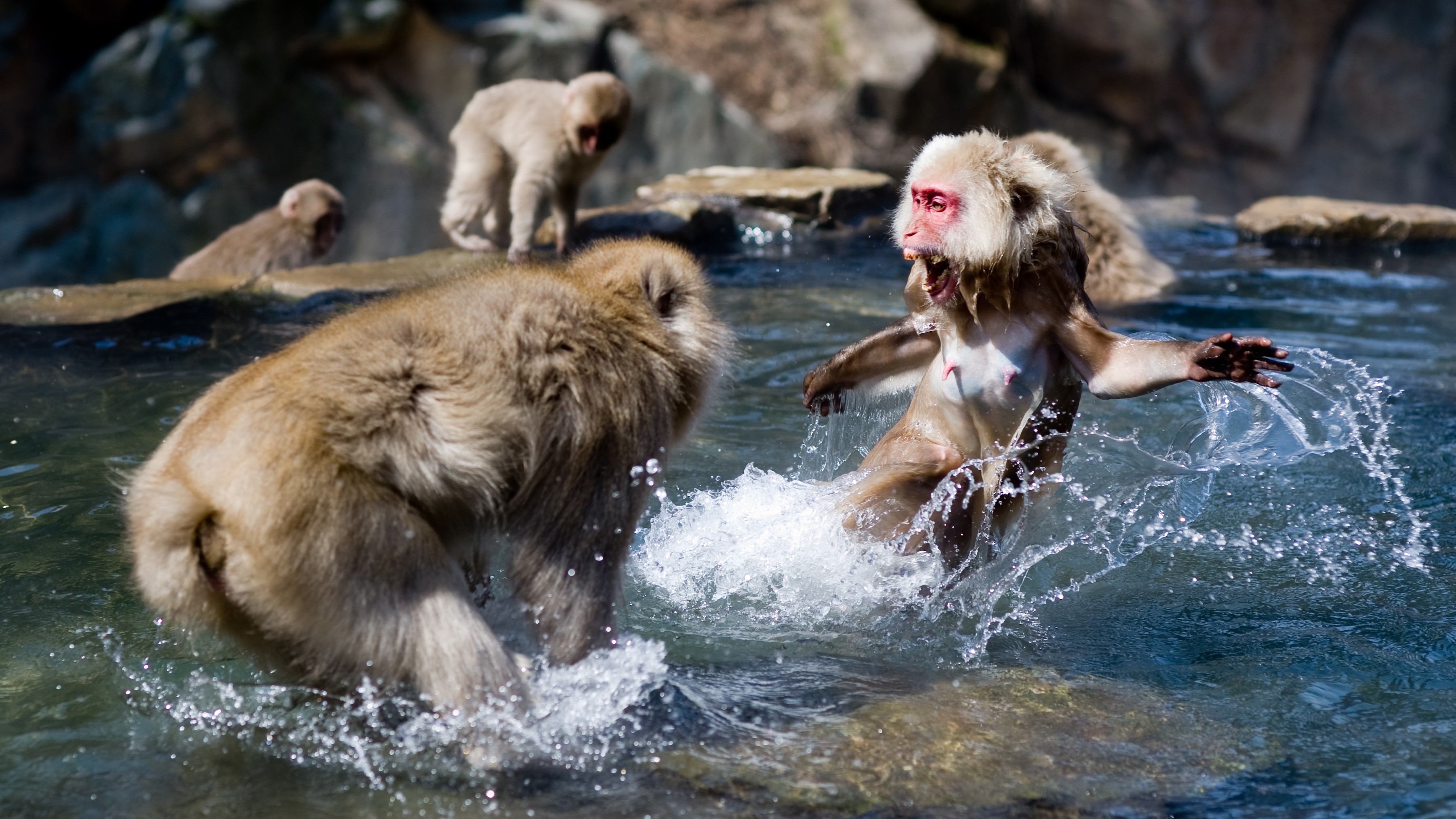In the primate world, alpha males rarely dominate females, scientists have discovered — and there are about as many examples of males dominating females as there are of females dominating males.
The researchers investigated intersexual dominance across more than 100 primate species and discovered that, in most primates, neither sex is clearly dominant over the other, challenging historical assumptions that males are usually more domineering.
The researchers’ findings, published July 7 in the journal PNAS, paint a nuanced picture of intersexual relationships, with both sexes often capable of winning aggressive contests against one another.
And in the minority of species where there is clear-cut dominance, males and females typically employ different strategies to rule over others.
“Critically, while primate males gain power via physical force and coercion, female empowerment relies on alternative pathways, such as reproductive strategies to gain control over matings,” study first author Élise Huchard, a senior researcher who studies mammal behavior at the University of Montpellier in France, said in a statement.
Related: Chimps develop fashion trend by shoving grass in their ears — and in their butts
Historically, scientists often assumed that males were the dominant sex across mammals. However, male mammals don’t always have a size advantage over females, and in recent decades, researchers have documented plenty of cases where females reign supreme, from matriarchal orcas (Orcinus orca) leading their pods to aggressive female meerkats (Suricata suricatta) outranking their male counterparts. The same is true in primates, with female dominance recorded in species like bonobos (Pan paniscus) and ring-tailed lemurs (Lemur catta).
To investigate intersexual relationships in primates across multiple species, the researchers analyzed data from 253 primate studies. The team found that aggressive encounters between males and females were common in primates, making up around half of all contests, but they were rarely one-sided.
The researchers measured the winner of intersexual contests in 151 populations across 84 species, and found that males always won in 25 populations involving 16 species, while females always won in 20 populations involving 16 species. The outcome was more complex in the remaining 106 populations of 69 species, where there were moderate sex biases, according to the study.
Dominance varied not only across different primate species but within a single species. For example, different female bonobo populations won between 48% and 79% of their contests, while female patas monkeys (Erythrocebus patas) won between 0% and 61% of their contests. The researchers noted that Angolan talapoins (Miopithecus talapoin) could exhibit strict male dominance, strict female dominance, or no clear bias between the two, depending on the group observed.
The researchers investigated the mechanisms behind this varied dominance in primates and found that physical characteristics played a role, but so did where and how the animals lived. Female dominance mostly occurred in populations where females had reproductive control, meaning they decided whether to mate. For example, this was typically the case for monogamous species living in trees where females could escape males, and where conflict posed less of a threat to offspring a female was already carrying. In contrast, male dominance was more common in ground-dwelling species where males were bigger and controlled mating with multiple females.
“Recent research started to challenge the traditional views of male dominance being the default status, and our study now provides a more comprehensive exploration of variation in intersexual dominance relationships,” study co-author Peter Kappeler, head of behavioral ecology and sociobiology at the German Primate Center research institute, said in the statement.
